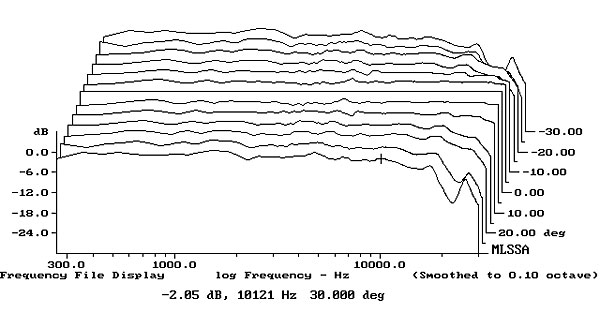maty
Major Contributor
Revel Performa3 F206
https://www.soundstagehifi.com/index.php/equipment-reviews/766-revel-performa3-f206-loudspeakers
https://www.soundstagenetwork.com/i...&catid=77:loudspeaker-measurements&Itemid=153
Revel Performa3 F208
https://www.stereophile.com/content/revel-performa3-f208-loudspeaker
https://www.stereophile.com/content/revel-performa3-f208-loudspeaker-measurements
Harbeth Monitor 40.1
https://www.stereophile.com/standloudspeakers/1008har/index.html
https://www.stereophile.com/content/harbeth-m401-loudspeaker-measurements
https://www.soundstagehifi.com/index.php/equipment-reviews/766-revel-performa3-f206-loudspeakers
https://www.soundstagenetwork.com/i...&catid=77:loudspeaker-measurements&Itemid=153
Revel Performa3 F208
https://www.stereophile.com/content/revel-performa3-f208-loudspeaker
https://www.stereophile.com/content/revel-performa3-f208-loudspeaker-measurements
Harbeth Monitor 40.1
https://www.stereophile.com/standloudspeakers/1008har/index.html
https://www.stereophile.com/content/harbeth-m401-loudspeaker-measurements








